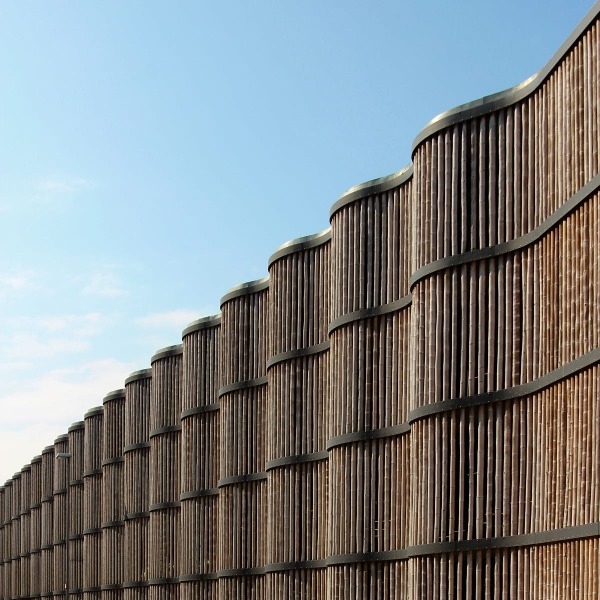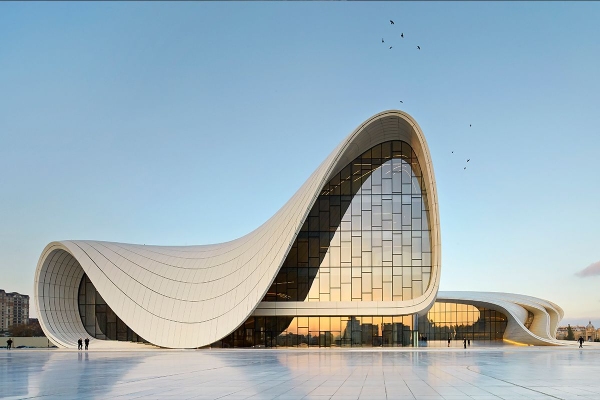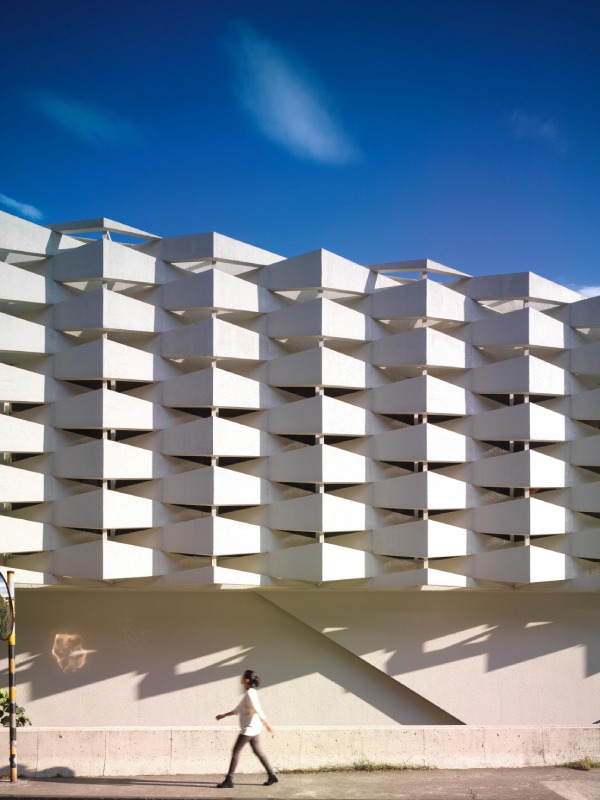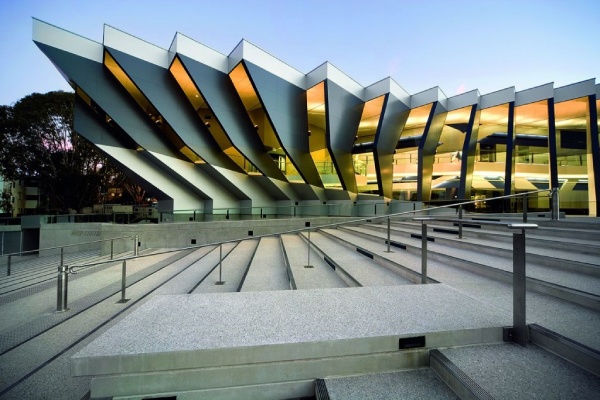According to ancient Indian Architecture i.e.“Vaastu Shastra”, the three anchors of good design are:
Bhogdyam meaning – Utility
Sukhdarshanam representing – Aesthetics and
Ramya – Symbolising ‘Inner delight’ within the person
The Roman architect Vitruvius reiterated this in his treatise on architecture, ‘De Architectura’, when he defined the three principles of good architecture:
- Firmatis (Durability) – It should stand up robustly and remain in good condition.
- Utilitas (Utility) – It should be useful and function well for the people using it.
- Venustatis (Beauty) – It should delight people and raise their spirits.
Rhythm contributes to the third principle mentioned above in both Roman and Indian Architecture.
Architecture Affects Your Emotions

Experts, therefore rightly proclaim that architecture has a deep impact on your mood.
Architecture comprises of the four basic elements i.e. point, line, plane or volume; and is more than just bricks, concrete and glass …it is replete with the potential to be a piece of artwork that can inspire and uplift mood and emotion. Architecture is all about building geometry which has to be in harmony with Cosmic Geometry. It is rhythm which facilitates this.
Rhythm in Architecture

“I call architecture frozen music…” said Johann Wolfgang von Goethe. And rhythm is an innate element of music.
Rhythm in architecture is defined as “A unifying movement characterised by a patterned repetition or alteration of formal elements or motifs in the same or a modified form.” Hence, rhythm in architecture can be expressed as a repetition of elements such as lines, shapes, forms or colours resulting on organized movement in space and time.

Rhythm is a regular and repeated pattern. When you think rhythm, music is probably the first thing that comes to mind. But how can rhythm be defined visually in design? As a design principle, rhythm can be defined in architecture as a patterned repetition of elements in space. We place elements and experience the intervals between them. When our eyes move from one element to the next, we create a rhythm and through this rhythm in space we can enjoy a sense of organised movement as a musical beat. It can be seen in the image below of a cultural center designed by Ar. Zaha Hadid with all the swooping curves and flowing spaces in it. In this architectural composition, we can say that if the surface is the music, then the joints between the panels are the rhythm.

Rhythm in architecture is characterised by patterns, elements or motifs at irregular or regular intervals. The movement may be of our eyes as we follow elements in a composition or of our bodies as we move through a sequence of spaces. Rhythm is the organization of the repetitive forms, elements and space in architecture.

When you repeat elements, the intervals between those repeated elements creates a sense of rhythm. Hence, designers or as we see in the image above between the façade treatment as we see in the image above as designers. Architects tend to include such elements to enhance the aesthetic appeal.
In other words, rhythm is established by using repeated forms. In architecture, repetition refers to a pattern in which the same size, shape or colour is used again and again throughout the design. Rhythm in architecture can also be followed on facades of a building which can be regular, flowing or progressive.

Repetition in architecture, i.e. by using similar modules on façade of building are very common and visually well defined in the figure given above.

The image shown above is of The Roman Colosseum, which is a classic example of rhythm in architecture. In this building repeating arches capture the rhythm and repetition in architecture.

The rhythm of Walt Disney Concert Hall exudes a poetic movement frozen in time…giving the impression that it was shaped by the music that it houses! Frank Gehry typically starts from the inside, working his way outward – a counter-intuitive approach that looks at a building’s purpose before its presentation! What sets apart Frank Gehry from his peers in the field of architecture and design is his explorations in light, sound, movement, and materials; as well as his innate ability to understand the psychology of human behaviour.
The dynamics of architecture of Project core are not always well-understood but the visual impact is inherent in every soaring façade and undulating surface. When Gehry’s hands touch a project, it starts pulsating with palpable life.

Santiago Calatrava utilised his knowledge of the human body and channelized it into a rhythm in architecture – by vertically twisting the floor plan at every 5th floor level of the Turning Torso building at Malmo, Sweden.

The Opera House, Sydney (Australia) is also an example of the rhythm in architecture, in this building repetitive form is used to give a rhythm or repetition in architectural design.
There are examples galore of rhythm in architecture. One simply needs to have a trained eye to detect the same.Concluding on the whole, structures are essentially social and cultural products which are influenced by the ideas, values, beliefs, activities, relationships and forms of the social organizations that they sustain. Society produces buildings, and the buildings, although not producing society, help to maintain many of its social forms. But it is rhythm which lends a touch of creativity to this structure in sync with a popular line from Louis H. Sullivan, “A proper building grows naturally, logically, and poetically out of all its conditions.”
Wait…before you go back to the google page, we have some interesting articles related to the one that you just read. Here you go…
Here’s a video to sum up all the points mentioned above: